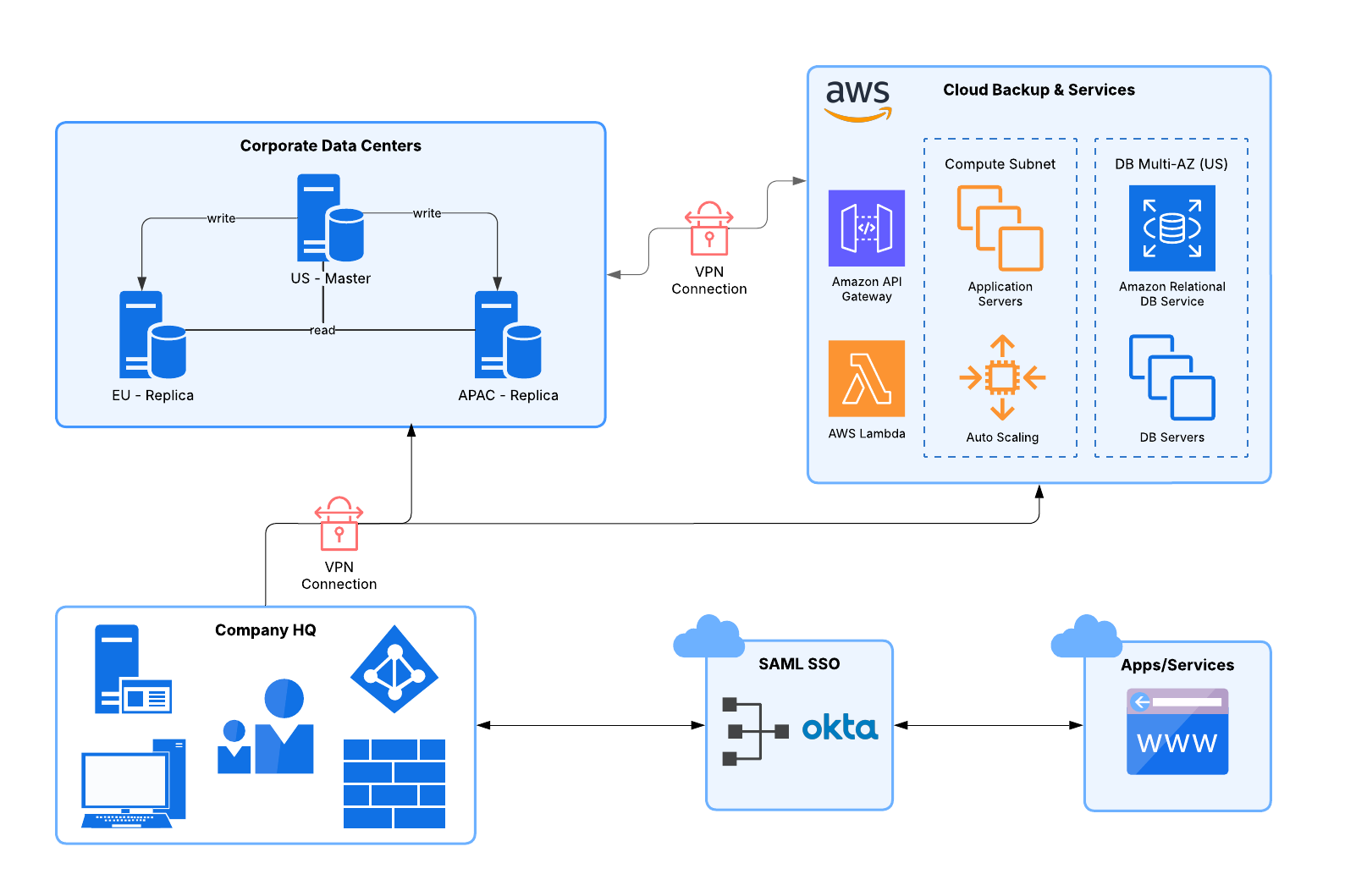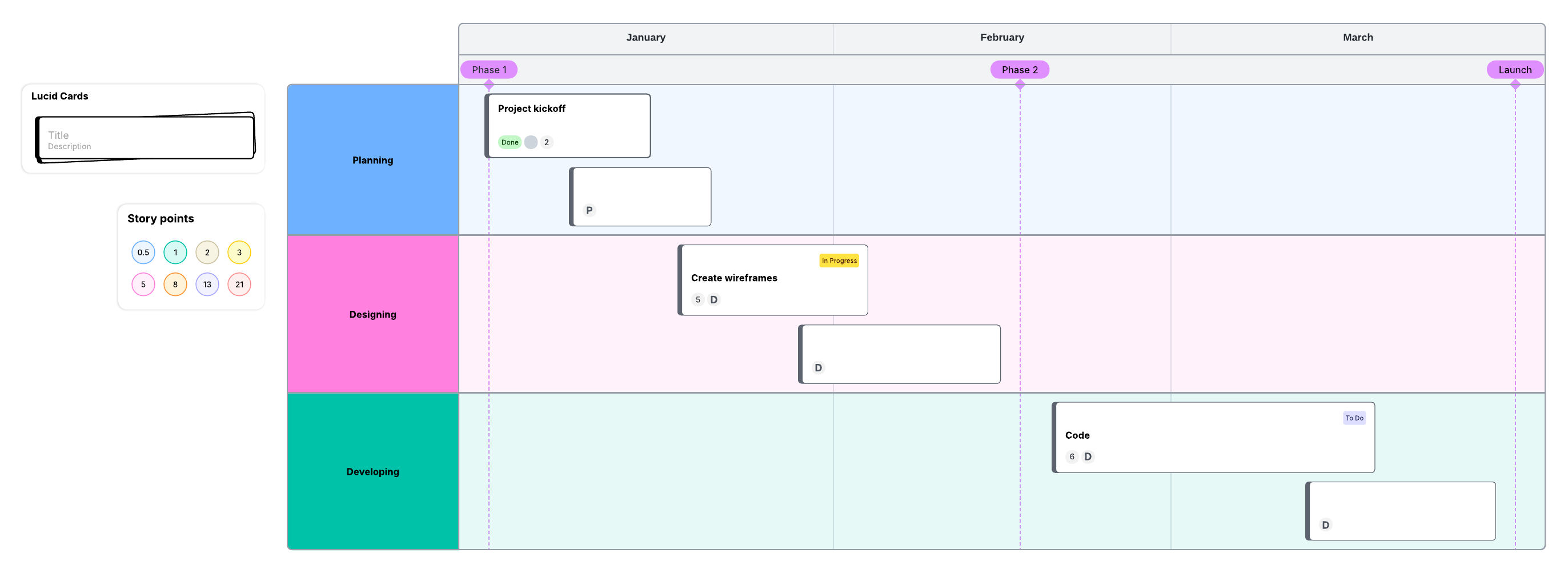
Everything you need to know about cloud change management
Reading time: about 8 min
Topics:
You know optimizing your cloud infrastructure is an ongoing project, but how to plan and implement changes effectively may be less clear.
Effective change management smooths the transition to the cloud and gives organizations better insight throughout the process. Given the monumental changes associated with moving to the cloud, you need a cloud implementation change management strategy to manage risk and minimize wasted effort and cost.
What is cloud change management?
Changing infrastructure and moving to the cloud is disruptive and introduces other changes within organizations. Cloud change management is the methodology and processes used by organizations to plan and manage these changes. Through change management, you can protect your company from some of the typical pitfalls and challenges associated with moving to the cloud.
Some common considerations include:
Different needs by department
Cloud adoption and associated changes will impact areas of your organization differently and to different degrees. For instance, some departments may only use the cloud for storage as an alternative to filing cabinets, while others may use extensive resources for DevOps. And don’t forget about the customers who may rely on your product. Customer use cases have different needs and should be approached and planned differently.
Compliance changes
Your organization may have to set new internal policies for employees and should consider how compliance should be managed. If, for example, your organization is subject to PCI, GDPR, or HIPAA compliance, part of your change management would involve anticipating how these regulations impact your cloud transition and use. You will also need a policy restricting cloud use.
Shifts in goals
Setting goals for how you transition to and optimize the cloud is important but difficult without the careful planning associated with good change management. Understanding how change management works in your organization can help you choose the right goals and decide how you want to track and implement them.
Cloud change management vs. traditional ITIL change management
Because the cloud inherently changes how your organization operates, the cloud change management process is different from traditional IT change management, although there is some overlap.
What is traditional ITIL change management?
Traditional IT change management, as defined by AXELOS Limited, sets best practices in IT service management (ITSM) and describes what an organization needs for successful IT change. By reading each ITIL volume, you can see how companies traditionally understood IT change in terms of a life cycle.
-
Service strategy: Craft a strategy, understand the business value of change, and create your goals and requirements.
-
Service design: Define your policies and documentation as well as create a plan based on your service strategy.
-
Service transition: Create a smooth transition with continuity of service.
-
Service operation: Work on streamlining service and ensuring operations meet expectations.
-
Continual service improvement: Focus on improving service on an ongoing basis.
Although you can still use ITIL volumes to help you define cloud change management, cloud infrastructure’s inherent properties and capabilities create the need for a new change management strategy, though the sentiment is still applicable.
Differences between ITIL and cloud change management
ITIL is focused on service transitions—moving from one vendor to another, adding a new data center, or getting all of your departments on board with a new platform. This framework stops short of issues that are specific to cloud transitions and improvements and does not reflect the cloud’s possibilities.
For example, ITIL change management involves establishing a business case for additional computing resources, but building a new data center is a more significant step than simply provisioning more cloud service.
Cloud-based change management, as understood by the AWS Cloud Adoption Framework (AWS CAF), is segmented into different areas of focus instead of a life cycle with different stages. These AWS CAF perspectives show another way to describe cloud change:
-
Business: IT strategy is no longer separated from your business model but is seen holistically as an active part of your business.
-
People: Internally, you encourage your team to adopt cloud skills.
-
Governance: You bring together governance of the organization itself and your IT.
-
Platform: From your business goals, you strategically build your principles, policies, and tools, shaping how your company uses cloud technologies.
-
Security: Developing your controls and modifying them to fit your business and use of the cloud, you prepare to fix non-compliance areas as they arise and plan for security changes.
-
Operations: On an ongoing basis, you ensure that your perspective and approach to operations are meeting your business and customer needs.
Since AWS CAF is compatible with ITIL change management, you can draw whatever from ITIL is valuable for your business goals.
Why you need a cloud change management plan
The cloud transforms organizations. For example, by moving to the cloud, a company that relied on quarterly releases can continually roll out new updates. But new deployment models and business processes also introduce changes within the rest of the organization. The more change is anticipated and accommodated, the better you’ll be able to adapt to challenges, reduce downtime, and position your team to successfully transition to the cloud.
The benefits of a cloud change management program are significant.
Increase agility
-
Deploy more often: Cloud technology helps organizations use Agile frameworks and shorten development cycles.
-
Leave old deployment models: If your organization is still relying on traditional methods that no longer align with your business goals, change management can help with the transition.
Prepare for rapid deployment
-
Automate more: Automation can help with the testing needed for shorter deployment cycles. A cloud change management plan incorporates automation to enable more testing than would be possible manually.
-
Improve collaboration: Working together more closely helps with the shorter development cycles since there isn’t time for communication silos that can delay a rollout.
-
Embrace the life cycle: The entire software development life cycle is in view when your change management strategy is prepared for rapid deployment.
Bring business and IT together
-
IaC flexibility: By helping your organization benefit from infrastructure as code, a cloud management plan can help you more effectively plan business and IT activities through horizontal architecture.
-
Shift to service: Go from a product to a service mindset, taking ownership of the results your business gets for customers.
-
Adapt roles: Given the multitude of human resource and team role changes that the cloud can introduce in an organization, a change management plan that outlines responsibility changes and needs helps reduce confusion and leaves your team better prepared for the work ahead.
Potential challenges with cloud change management and how to overcome them
Cloud change management challenges often have some common threads:
-
Not enough communication or siloed communication
-
An inhibited approval process
-
Traditional business processes and practices that don’t play well with the rapid movement and complexity of the cloud
Finding the right solution for your organization means doing a deep dive and applying cloud change management principles to come up with customized approaches.
Looking at these examples, you may find ideas for how cloud change management can help with your cloud transitions.
Lots of cross-departmental involvement
If every decision requires a level of input from stakeholders that slows down your organization, consider finding a way to involve stakeholders earlier. You can establish pre-approval for certain tasks and scenarios, such as DNS updates to improve flexibility.
Too much cloud complexity
Using visuals can help your teams communicate important changes and discuss events. You can use Lucid’s Cloud Accelerator to collaborate on important issues together as an organization and allow everyone to see a visual of your current and future cloud architecture diagram.

Not having alignment
Some organizations are working with old goals that no longer reflect business needs. Your team could be siloed, or resources could be mismatched. If you are managing cloud change without a change management plan developed for the cloud, your plan may not be ideal for a successful transition.
To increase alignment around a plan, consider documenting who is doing what by when for the transition to the cloud. Share visual timelines and make task assignments transparent.
If you’re not sure where to start, try the implementation plan template below.

Misuse of cloud resources
Having clarity within your organization by crafting policies to guide cloud resource use helps with compliance. Consider establishing a process for creating and managing cloud use standards.
When you can account for and manage cloud change in your organization, you are encouraging flexibility and giving your teams what they need to successfully use cloud services. The right change management and cloud computing plan becomes a working document and a set of best practices that adapt to your business.

Use our checklist to keep your cloud migration strategy on track.
Read moreAbout Lucid
Lucid Software is the leader in visual collaboration and work acceleration, helping teams see and build the future by turning ideas into reality. Its products include the Lucid Visual Collaboration Suite (Lucidchart and Lucidspark) and airfocus. The Lucid Visual Collaboration Suite, combined with powerful accelerators for business agility, cloud, and process transformation, empowers organizations to streamline work, foster alignment, and drive business transformation at scale. airfocus, an AI-powered product management and roadmapping platform, extends these capabilities by helping teams prioritize work, define product strategy, and align execution with business goals. The most used work acceleration platform by the Fortune 500, Lucid's solutions are trusted by more than 100 million users across enterprises worldwide, including Google, GE, and NBC Universal. Lucid partners with leaders such as Google, Atlassian, and Microsoft, and has received numerous awards for its products, growth, and workplace culture.
Related articles
Why CIOs should use visuals during cloud migration
Cloud migration projects can be challenging, complicated, and intimidating. Visuals can drastically improve the process.
How to execute a successful cloud migration strategy [+ checklist]
Clarify the complexity of cloud migration with this checklist—complete with tips for increasing visibility and alignment in the process.
How Lucid can help IT teams modernize legacy systems
Modernizing a legacy system can feel daunting. Visuals and Lucid can add much-needed clarity.
